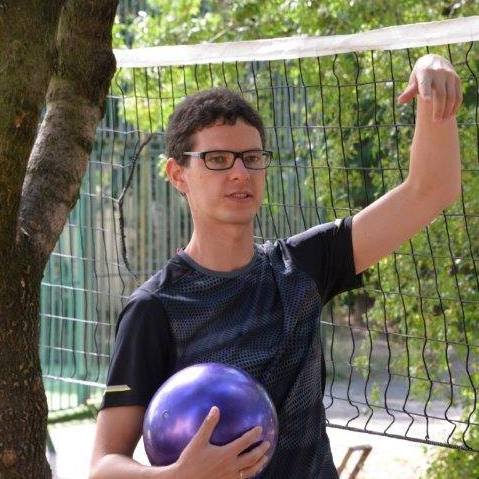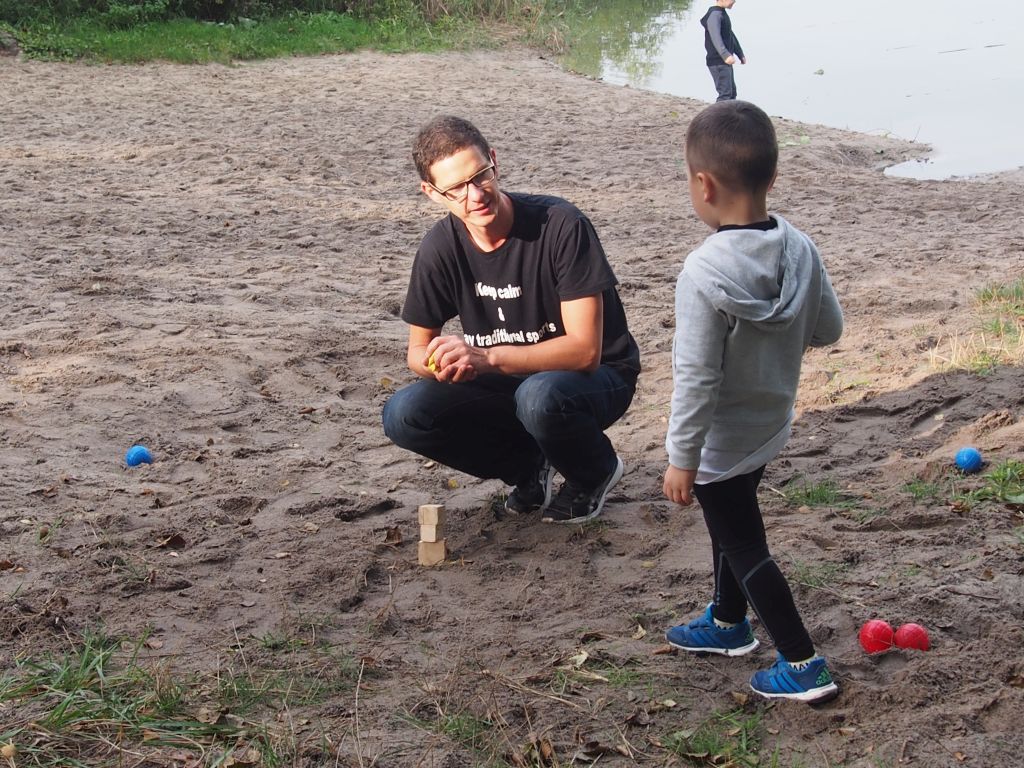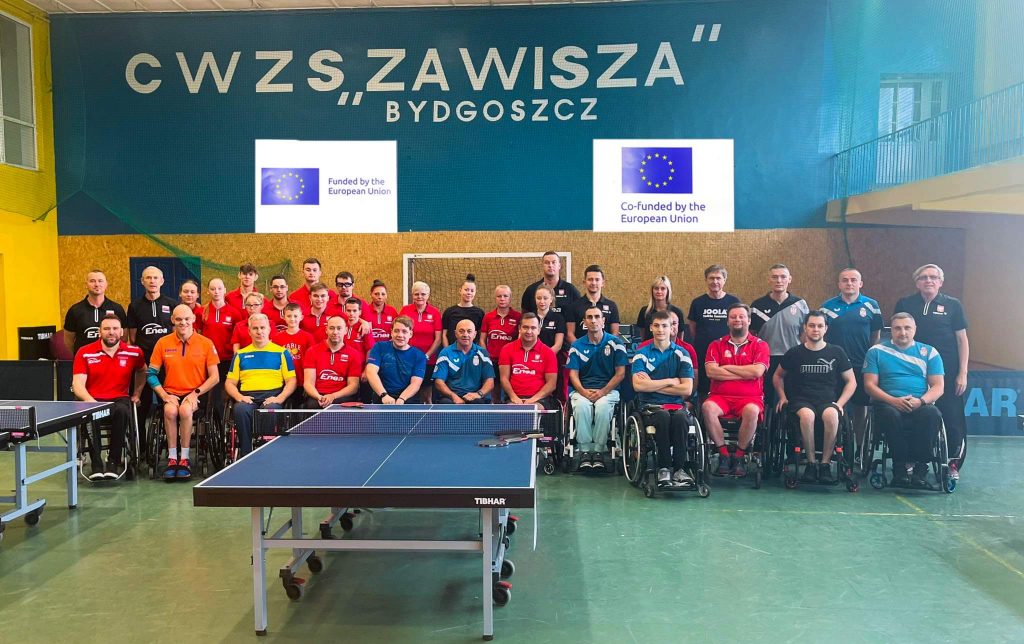
In the first part of my post about the online meeting of the European Commission with UNESCO and experts in traditional sports, I wrote, among, others:
- why the European Commission already supports and appreciates traditional sports,
- about a special organization, dealing with this unusual subject – the European Traditional Sports and Games Association (ETSGA),
- what can we do for the development of traditional sports on a daily basis,
- on the UNESCO’s role and support in promoting traditional sports.
You can read about it HERE.
Below you can find the second part of this article.
How to reach decision-makers, responsible for the policy in the field of sport, with TSG?
During the meeting of the European Commission, UNESCO and traditional sports’ experts, a difficult, but important, issue was discussed: how to reach and convince decision-makers at different levels of sport policy-making to appreciate and promote traditional sports.
The President of the European Traditional Sports and Games Association (ETSGA) – Pere Lavega – emphasized here again that TSGs are primarily the intangible cultural heritage (ICH) of humanity. According to him, when talking to decision-makers, it is therefore necessary, among others:
- to highlight their huge values – still very important today!
- to strive to introduce TSG to the priorities of the European Union 2030 Programme,
- to uderline their importance as a good tool for integration, for instance, of refugees and of young people (see the Erasmus + Sport project BRIDGE in this context).
Jean-Francois Laurent proposed here:
- addressing to the new Commissioner for the European Lifestyle,
- introducing TSG not only to sport, but also to other areas of culture and
- what is very important in persuading policy makers – practical involvement – we just need to invite them to play traditional games!
Therefore – how to preserve and promote traditional sports and games?
Pere Lavega emphasized that it is necessary to:
- set specific goals for TSGs’ development,
- present to various decision-makers the evidence of the values of these sports for health, social inclusion, cultural heritage etc.
- combine theory with practice!
- also to include smaller organizations in joint activities to systematically expand the scope of cooperation.
TSG is just a different kind of sport than a spectacular sport. They are about something else and we should uderline it.
Jean-Francois Laurent: TSG must be practiced. We cannot limit ourselves to enclosing them in museums as mere exhibits! Organizational development of traditional games and sports at various levels must be continued.
He also underlined that TSGs are not only sports. They are also culture and a part of the European and world heritage!
UNESCO representative – Jonathan Lorcher-Beaudran – said that it is necessary to enter the level of global development and to support cooperation between organizations and governments in exchanging good practices in this context.
At the same time, we should not forget about the local level – education in this area (!), promotion of TSG, making it available to numerous target groups, including:
- migrants / refugees,
- women (who already practice them, of course, but their number should increase),
- representatives of indigenous communities in a given area, etc.
Development of scientific research on traditional sports and a bottom-up approach – from the local level – is also significant here.
Celia Marcen noted here that we all need:
- cooperation,
- innovative approach,
- attracting and involving more volunteers in the activities with TSG,
- last but not least – we need just to listen to children – after all, they often know best what they want to play!
The speech of Professor Małgorzata Bronikowska
At the end of the meeting, a special presentation was given by a professor of University School of Physical Education in Poznań, Poland and TSG expert – Małgorzata Bronikowska.
She drew attention to the huge potential of traditional sports. TSGs are:
- valuable remainings of our history, culture and heritage,
- they help to understand local cultures, their history and customs through local sports and games,
- they develop motor skills – typical for specific cultural communities. We can learn this by observing local traditional games.
Moreover, traditional sports and games combine three important dimensions:
a) biological / physical,
b) psychological,
c) educational.
- An example of good practices in the field of promotion and development of TSG is an international project Recall Games: Games of the Past, Sports for Today,
- Another example of good practice in this area are educational and practical activities in Poland (at the universities, schools, etc.) and abroad,
- the importance and practical use of TSG in physiotherapy is also growing,
- the intergenerational exchange of sports experiences is also important: Youth for seniors, seniors for youth,
- Another practical example is a research project in which prof. Bronikowska with her research team (with my participation) have proved that traditional sports and games have a positive effect on increasing the level of proper physical activity in women after mastectomy.
Conclusions
Many such words have been said in the past. However, they were not always followed by actions.
However, as we could see, many projects have already been done and supported by the European Commission and other, international bodies.
Moreover, according to the European Commission – traditional sports and games actually perfectly FIT into the motto of the European Union: Unity in diversity.
They are also to have their place in the new Erasmus + Sport Programme 2021-2027.
I hope so.
The values of traditional sports and games: health, social, educational, cultural, tourist, helping to integrate and build positive, peaceful relations in the world are INCREDIBLE.
These games are just GOOD FOR PEOPLE.
Their development is relly a CHANCE and HOPE for all of us!



